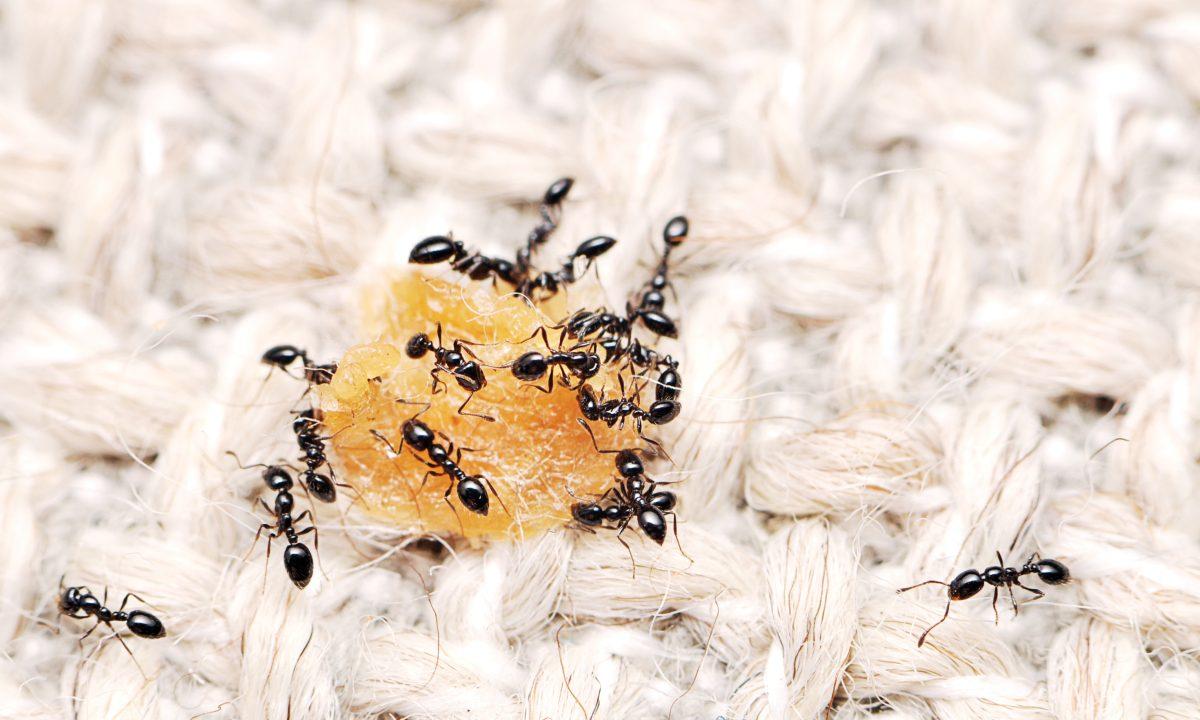Whether you’re the type of person who kills a cockroach on sight or one who scoops spiders up to release them outside, bugs are an unavoidable part of any college student’s life. Despite our innate aversion to creepy crawlies, there are plenty of bugs that roam around campus, especially in shared spaces such as community showers and kitchens. Now that the bulk of students are living off-campus, what are the bugs up to now?
Scott Wallace, the senior regional facilities manager for the Division of Academic and Student Affairs facilities, says bugs may not be experiencing the same upheaval that students have.
“Bugs are still present,” Wallace said. “We’re still performing maintenance and looking for bugs, doing the same things we always do.”
With the majority of students having left campus, the number of bugs in dormitories may have changed — at the very least, students aren’t calling housekeeping about the massive spider that suspiciously looks like a brown recluse.
“With students being gone, the number of work orders has gone down,” Wallace said. “Certain buildings aren’t occupied, so you don’t have those work orders originating from students.”
Sydney Crawley, an assistant professor of urban and structural entomology, says the most common bugs found on NC State’s campus can be found at most college campuses.
“Roaches, ants, different species of flies, mosquitoes, spiders — most insects are pretty typical across college campuses, regardless of where they are regionally,” Crawley said. “Specific to NC State, there are a lot of fire ants on our campus.”
The biggest resource that bugs get from humans is food, but college campuses can be the perfect breeding ground for all sorts of critters. Beyond community kitchens and overflowing trash cans, bugs love moisture, Crawley says — which leads them straight to the showers.
“You’ve got a lot of students taking showers and using hot water, which increases humidity,” Crawley said. “A lot more humidity than the average residential home.”
According to Crawley, the bugs most impacted by the lack of students seem to be indoor pests, from bloodsuckers like bed bugs to ants.
“[Bloodsucking insects] can only live for a few months without blood,” Crawley said. “Any blood-feeding insect is likely to start moving away and looking for a meal elsewhere, [alongside] any insect that likes moisture and inside food.”
When bugs do arise in droves anywhere on campus, Wallace explained, pest control management at NC State utilizes effective methods that don’t involve pesticide.
“We do what’s called integrated pest control management,” Wallace said. “If we do have bugs in an environment, [we find out] what’s attracting them and how they’re getting in or where they’re coming from. When you use pesticides and sprays, it pushes bugs to other places, but if you use bait and traps, you eliminate the entire population.”
As for the pandemic’s impact on insects, Crawley says that we may be noticing for the first time just how many bugs are around us on a daily basis.
“People are starting to pay more attention to what’s around them,” Crawley said. “It might make it seem like there’s been an increase in insect activity when there hasn’t.”’
If you’re noticing an unusual number of bugs in your living spaces, Wallace explains that there are plenty of things for students to do to keep their homes bug-free.
“Number one is removing trash, not leaving food around,” Wallace said. “Sealing up [entry points], being clean, vacuuming — just normal, everyday things.”



















